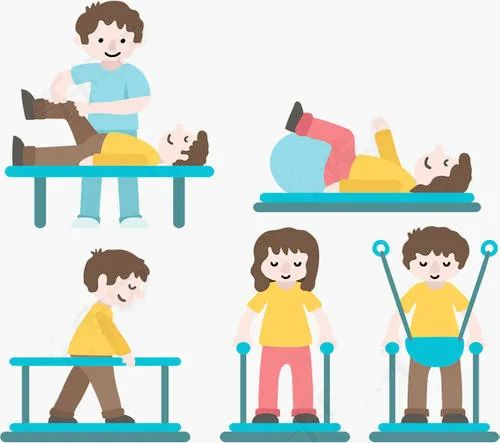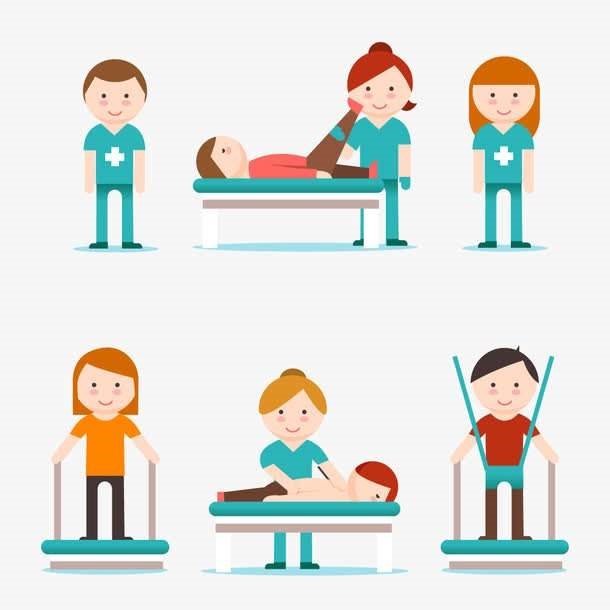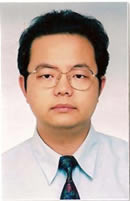Discussion on the rehabilitation of stroke
What is a stroke?
A stroke, commonly known as a stroke, is a disease in which the blood supply to the brain is interrupted due to a rupture or blockage of a brain vessel, causing damage to brain tissue. According to the cause, stroke can be divided into two types: ischemic stroke and hemorrhagic stroke. Among them, ischemic stroke accounts for the vast majority, about 70%-80%. Typical symptoms of stroke include sudden facial paralysis, numbness in the hands and feet, weakness, unsteady walking and slurred speech. In addition, there may be blurred vision, dizziness, nausea, vomiting and other symptoms. WHO Data show that the incidence of stroke in China ranks first in the world, with about 3 million new cases per year, an increase rate of about 8.7%. More than 70% of patients have varying degrees of dysfunction, of which about 40% are severely disabled. China's stroke has "four high" characteristics, namely high incidence, high fatality rate, high disability rate and high recurrence rate. Stroke is the first cause of disability and death in China, bringing huge physical and mental burden to patients and families.
What is Stroke Rehabilitation?
Stroke rehabilitation is an important means to help patients recover function and improve quality of life. Rehabilitation therapy is an effective means to reduce the disability rate of stroke. The rehabilitation process after stroke is a long-term and orderly process, and stroke patients should be involved in rehabilitation treatment as soon as possible after their condition is stable, so as to obtain the best level of function and reduce complications. Stroke rehabilitation includes rehabilitation treatment in acute stage, convalescence stage and sequelae stage. The acute phase is mainly to stabilize the condition and reduce symptoms. Once the condition is stable (vital signs are stable, symptoms and signs no longer progress), early rehabilitation treatment is started to obtain the best level of function and reduce complications. The convalescence period is mainly rehabilitation training and daily living activities training, as far as possible to restore the body function; The sequelae stage is to maintain the current level of function through rehabilitation training.

During the rehabilitation process, the medical team will conduct rehabilitation assessment according to the specific situation of the patient and develop a personalized rehabilitation treatment plan. Rehabilitation therapy techniques include physical therapy, occupational therapy, speech and swallowing therapy, cognitive training, psychotherapy, traditional medicine acupuncture and massage, rehabilitation engineering (such as braces and orthotics), rehabilitation nursing technology and home rehabilitation technology. Physical therapy mainly through exercise training and the application of rehabilitation equipment to help patients recover limb function, walking and balance functions. Speech therapy trains and corrects patients' speech disorders. Occupational therapy focuses on helping patients readjust to daily life and work, improving their self-care and social skills. Rehabilitation requires sustained time and patience, and patients and their families should actively cooperate with the rehabilitation guidance and suggestions of the medical team.

How to prevent stroke recurrence?
The prevention of stroke recurrence is also an important part of stroke rehabilitation, which needs to start from the adjustment of lifestyle and drug treatment. Good lifestyle habits include low salt and low-fat diet, moderate exercise, weight control, smoking cessation and alcohol restriction. In addition, for hypertension, hyperlipidemia, diabetes and other risk factors, need to actively treat and control the disease. In terms of drug treatment, it is necessary to regularly take anti-platelet aggregation drugs and antihypertensive, lipid-lowering, hypoglycemic drugs to reduce the risk of stroke recurrence.
In conclusion, stroke rehabilitation is a systematic and complex process that requires multidisciplinary collaboration and the active cooperation of patients and their families. The effect and time of rehabilitation vary according to individual differences. Half a year after stroke is the golden time for rehabilitation treatment. The earlier the rehabilitation, the better the effect.
reference
1Zhang T. To carry out the rehabilitation work of stroke in China from two levels: depth and breadth [J]. Chinese Medical Journal,2006,10 (37) : 2596-2598.
2"Ninth Five-Year Plan" research group. Study on early rehabilitation of acute stroke. Chinese Medical Journal,2001,16 (5) : 266-272.
3.Teasell R.Stroke recovery and rehabilitation. Stroke.2003 Feb; 34 (2) : 365-6.
Author:

Chen Gang, Master, Deputy chief Physician, Department of Rehabilitation Medicine, China-Japan Friendship Hospital. Bachelor of Medicine, Tongji Medical University, Master of Science, University of Sydney, Australia.
Member of the Promotion Committee of the combination of medical and nursing care, Chinese Geriatrics Society
He is a member of the American Society of Cardiopulmonary Rehabilitation, a member of the National Youth Committee of the Physical Medicine and Rehabilitation Branch of the Chinese Medical Association, a member of the pain Committee of the Beijing Rehabilitation Medical Association, and a corresponding editorial board of the Chinese Journal of Physical Medicine and Rehabilitation. He has been engaged in rehabilitation clinical and high-level health care work for more than 20 years. Specialty: cardio-cerebrovascular disease and orthopedic disease rehabilitation medical treatment.
(The opinions expressed are solely those of the author. Some pictures in this article are from the Internet, if there is infringement, contact delete)

